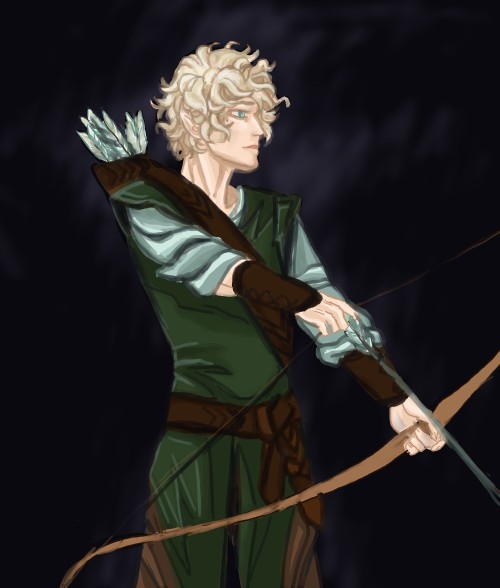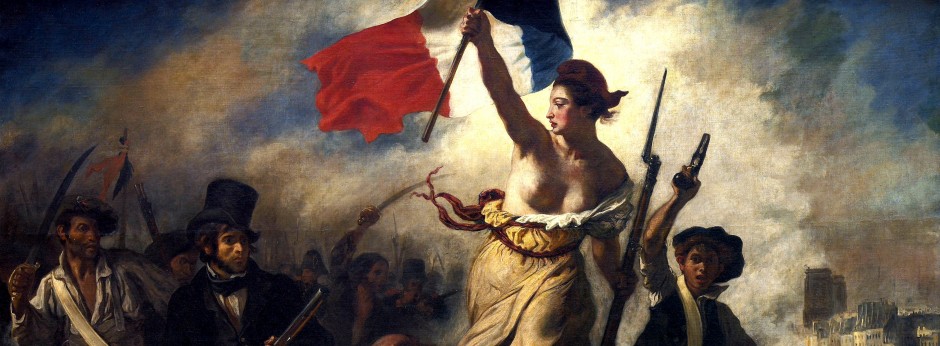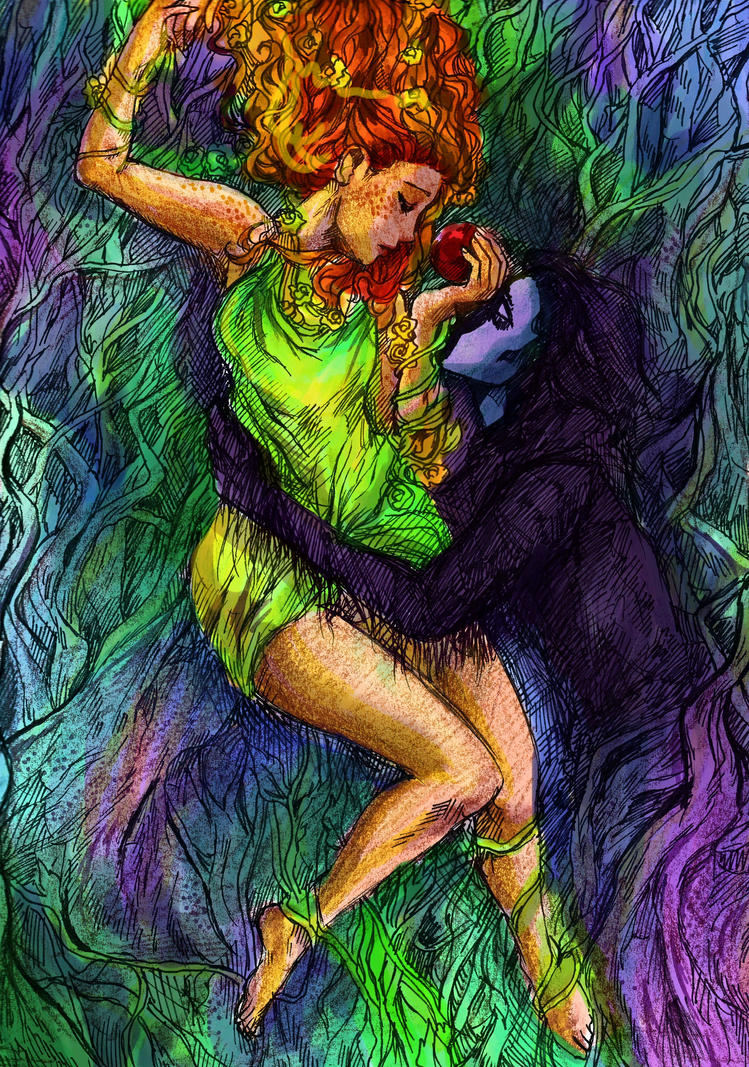This week I thought I’d take a stab at some old Welsh mythology. For those of you who don’t know, before the land of Great Britain was ever Great Britain, it’s primary religions were forms of paganism, often based in the worship of various spirits of nature and the underworld. That’s right: Fae; otherwise known as fairies.
To be clear, Welsh mythology goes far beyond pixies and gnomes when it comes to tales of the fair-folk. Among these creature are sea serpents, dragons, merfolk, and animagi. Most of these creatures were considered peaceful unless provoked, although many of them were notoriously mischievous. But then, there were those who were outright warriors of their kind. Which brings me to our feature presentation: Gwyn ap Nudd.

Gwyn ap Nudd (that’s pronounced “GWIN app NEED” for those of you unfamiliar with the Welsh dialect) looks similar to how you might imagine the elves from Lord of the Rings, but a lot more brutal and war torn, and he’s typically portrayed hefting his favorite weapon, the longbow, as he chases his prey through the Welsh forests. Gwyn is actually a very important figure in the fae world. Aside from making several appearances in Arthurian tales, he is also the king of the fair-folk, and the keeper of the Welsh Otherworld, Annwn, which houses the darkest, nastiest spirits.
Basically, Gwyn is in charge of all things fae, and woe to the those who challenge his power. One of the most famous tales of his wrath begins with the abduction of his sister, Creiddylad, who was considered the most beautiful woman in the world, by Gwythyr ap Greidawl. Gwyn, never one to take that sort of BS from anyone, goes and kidnaps Creiddylad right back. Gwythyr, in retaliation, raises a great host against Gwyn, leading to a vicious battle between the two. As I mentioned earlier, Gwyn is a great warrior, and comes out victorious. Following the battle, he captures several of Gwythyr’s former henchmen, including a nobleman named Nwython and his son, Cyledr. To send a message to his remaining enemies, Gwyn would eventually murder Nwython and force Cyledr to eat the heart freshly carved from his father’s corpse, driving the boy to insanity.
Like I said, there’s a reason nobody messes with Gwyn anymore.
Another thing Gwyn is particularly famous for is the international Wild Hunt. In my opinion, this is one of the most interesting events in mythology anywhere. Imagine if the creatures from from English, Irish, Welsh, Scottish, Scandinavian, and German mythology all got together to hunt a mystical forest spirit as a form of transnational bonding. That’s what the Wild Hunt is: the Olympics of Western European mythology. While each country has it’s own lore behind the Wild Hunt, and the leaders of it are said to rotate year by year, there is no single figure more associated with it than Gwyn ap Nudd. With the weight of past wars and his kingship off his shoulders, Gwyn is said to become an almost entirely different person throughout the festivities. He sprints deftly through the forest on foot, while the hounds and fae riding on horseback struggle to keep up. Despite Gwyn’s status, like every other fae, giving himself up to the wills of nature is what has and always will allow him to be free.





 who is by far the most stylin’ spirit of the dead (As you can see in the picture to the right). Possibly the most infamously famous God of the Voodou Pantheon, he is about one step down from Bondye, and commands the Guede (death and fertility) family of the Loa. He usually appears as a tall, skinny man in a black suit, shiny top hat,and a dinner jacket, with a white, skull-like face and cotton plugs in his nose (as if he’s dressed to be buried in a traditional Haitian funeral). I think he actually looks a bit like a sassy Wilson… except more dead, I guess. Baron-samedi is noted for obscenity and debauchery, and has a particular fondness for tobacco and rum spiked with hot peppers. He’s constantly making filthy jokes to the spirits in the realm he resides in. Despite this, the Baron is a god you’ll want to pray to, especially if you ever find yourself caught up in a nasty hex. As long as Baron-samedi refuses to dig your grave, the hex cannot kill you (#ProTip).
who is by far the most stylin’ spirit of the dead (As you can see in the picture to the right). Possibly the most infamously famous God of the Voodou Pantheon, he is about one step down from Bondye, and commands the Guede (death and fertility) family of the Loa. He usually appears as a tall, skinny man in a black suit, shiny top hat,and a dinner jacket, with a white, skull-like face and cotton plugs in his nose (as if he’s dressed to be buried in a traditional Haitian funeral). I think he actually looks a bit like a sassy Wilson… except more dead, I guess. Baron-samedi is noted for obscenity and debauchery, and has a particular fondness for tobacco and rum spiked with hot peppers. He’s constantly making filthy jokes to the spirits in the realm he resides in. Despite this, the Baron is a god you’ll want to pray to, especially if you ever find yourself caught up in a nasty hex. As long as Baron-samedi refuses to dig your grave, the hex cannot kill you (#ProTip).